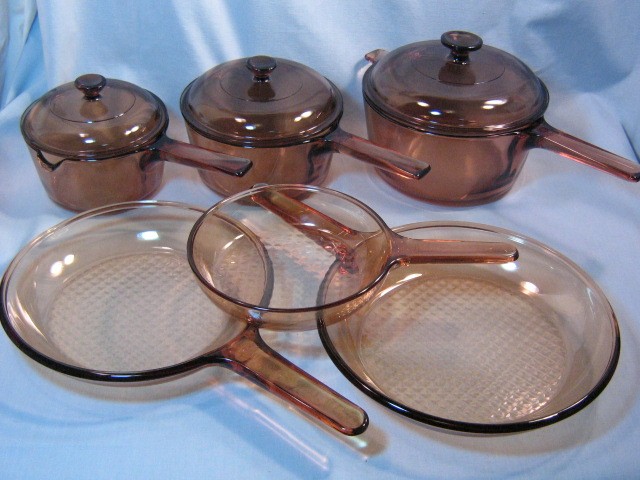I've been using bucket fermentors since I started homebrewing beer, and I really appreciate the simplicity, flexibility, and low maintenance of this system. Open fermenting, yeast harvesting, and cleanup are all really easy to do. No need for blow-off tubes and carboy brushes, and I'm not worried about cutting my arm off if I drop a bucket. I use the translucent kind too, so I can see what's going on inside.
What's the attraction to glass carboys then? Doing what works for you is of course the main thing here. I'm just curious why many homebrewers choose to go with the carboy...
What's the attraction to glass carboys then? Doing what works for you is of course the main thing here. I'm just curious why many homebrewers choose to go with the carboy...




